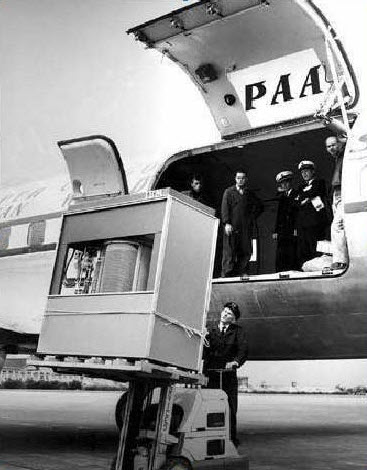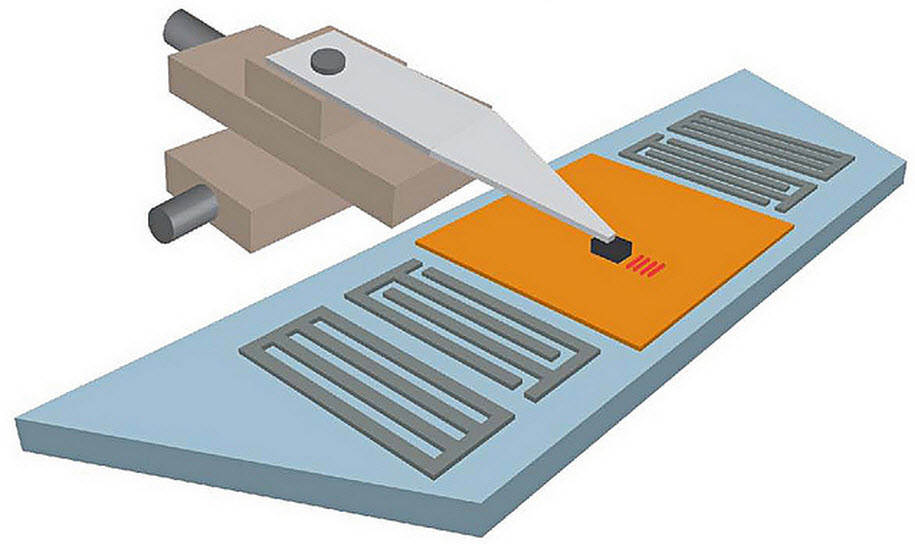A new solid-state hard drive that uses ultrasound to store more data
February 21, 2013
Electrical engineers at Oregon State University have discovered a new method, called acoustic-assisted magnetic recording, to use high-frequency sound waves to create durable solid state storage that allows for storing more data in a smaller space, using less power.
“We’re near the peak of what we can do with the technology we now use for magnetic storage,” said Pallavi Dhagat, an associate professor in the OSU School of Electrical Engineering and Computer Science.
One approach is to heat the magnetic materials temporarily so they become momentarily less stiff and more data can be stored at a particular spot. This has proven difficult to do, because the heating tends to spread beyond where it is wanted and the technology involves complex integration of optics, electronics and magnetics.
Directed heat
With the new acoustic-assisted magnetic recording.approach, ultrasound is directed at a highly specific location while data is being stored, creating elasticity that allows a tiny portion of the material to bend or stretch. It immediately resumes its shape when the ultrasound waves stop. So the data can be stored reliably without the concerns about heating.

In September 1956, IBM launched the 305 RAMAC, the first computer with a hard disk drive (HDD). The HDD weighed over a ton and stored 5 MB of data. (Credit: IBM)
It should also be possible to create a solid state memory device with no moving parts to implement this technology, the researchers said. Unlike conventional hard-disk drive storage, solid state memory would offer durability.
“This technology should allow us to marry the benefits of solid state electronics with magnetic recording, and create non-volatile memory systems that store more data in less space, using less power,” said Albrecht Jander, also an associate professor of electrical engineering and collaborator on the research.
A disk drive in the 1950s had a five megabyte capacity, cost today’s equivalent of $160,000, weighed about a ton, had to be moved with a forklift,and was so big it had to be shipped on a large cargo aircraft.
Experts at the time said they could have built something with more storage capacity, but they could not envision why anyone would want it, or buy it.
A hard drive today that stores 1TB, or 200,000 times as much information, is available for about $100 — 1600 times cheaper.
